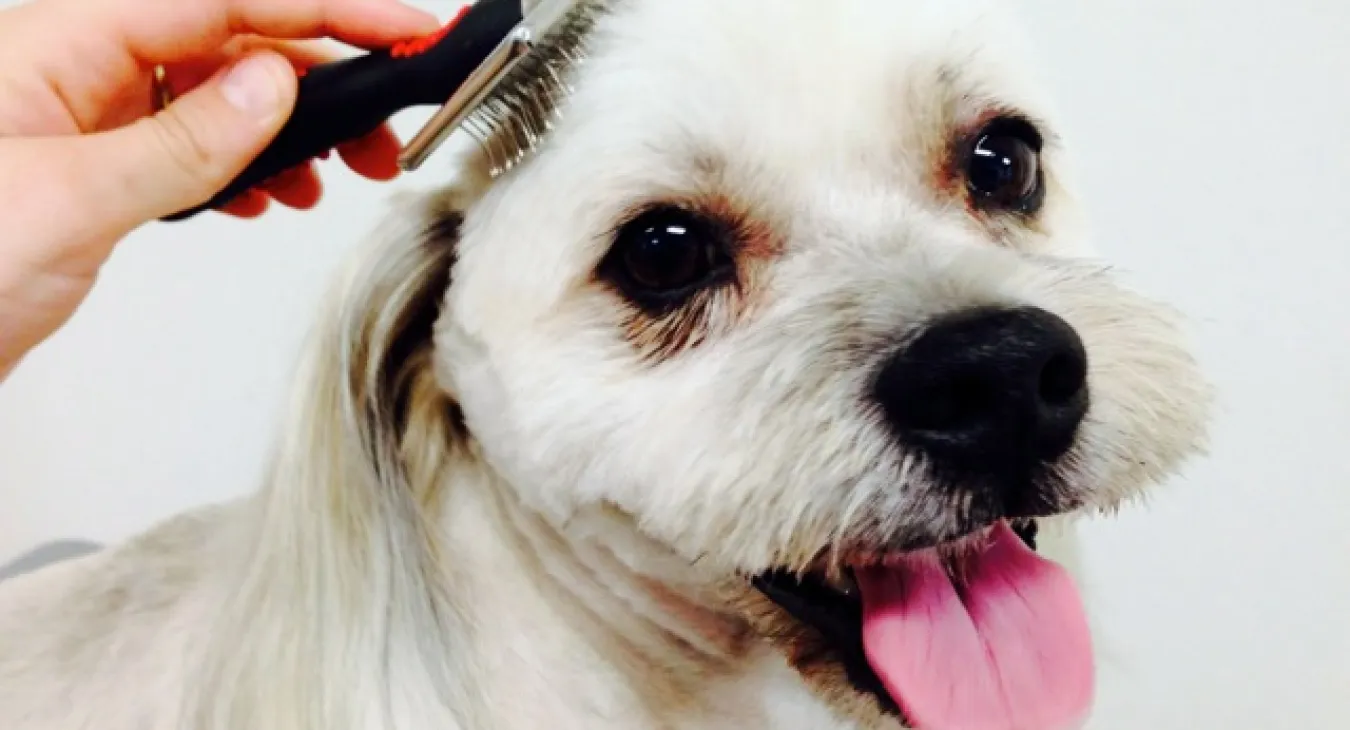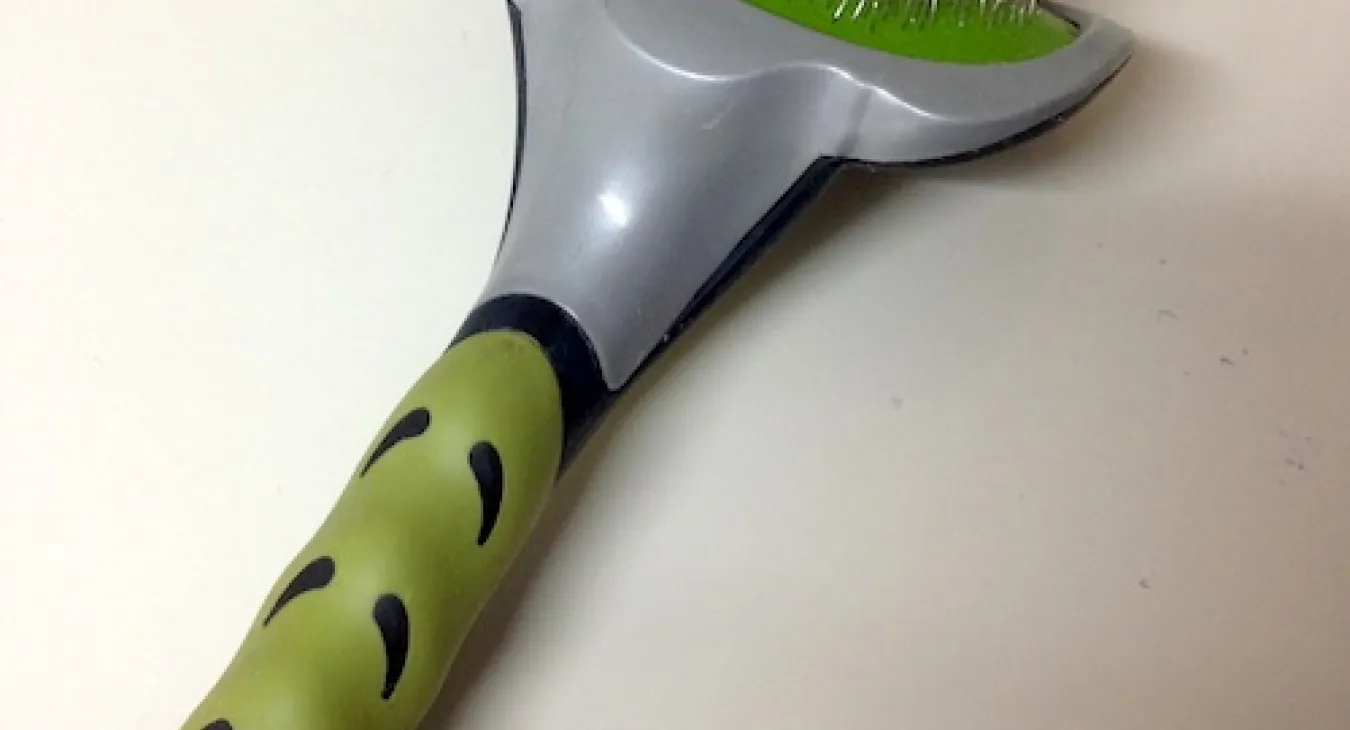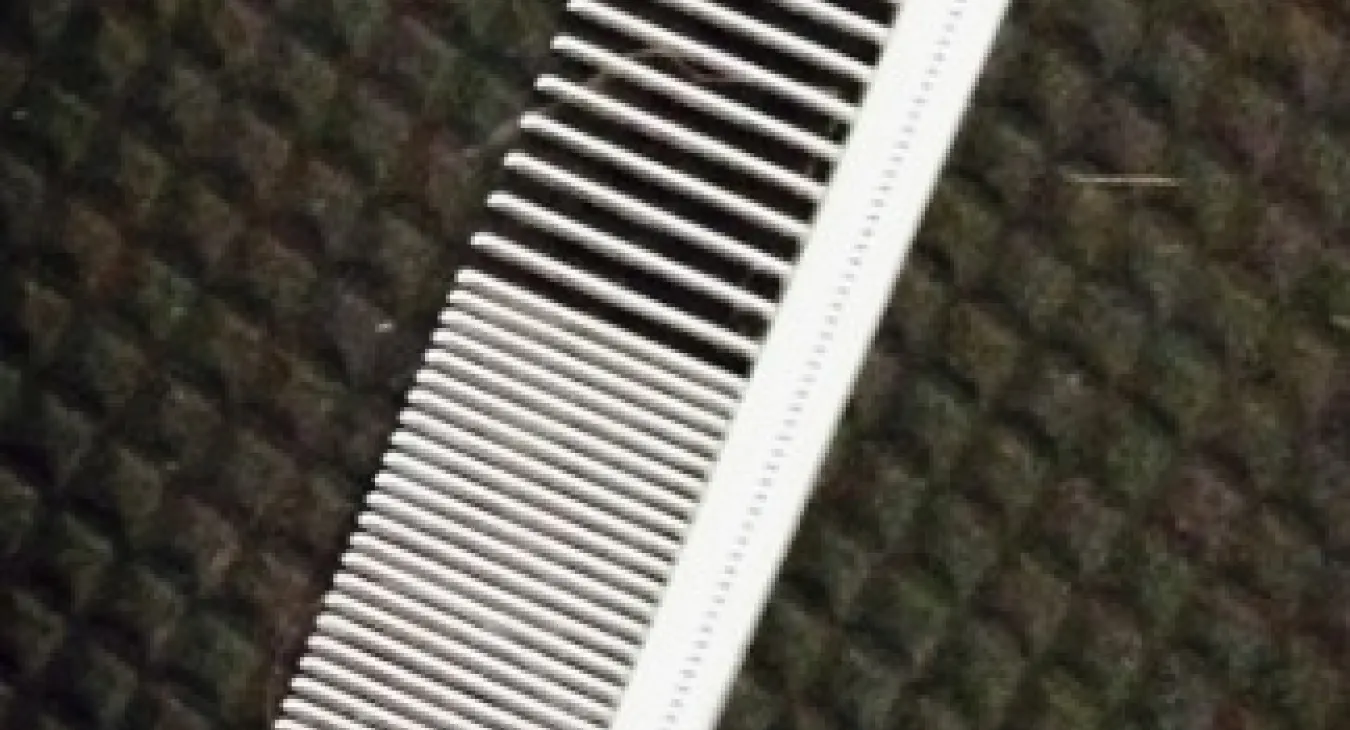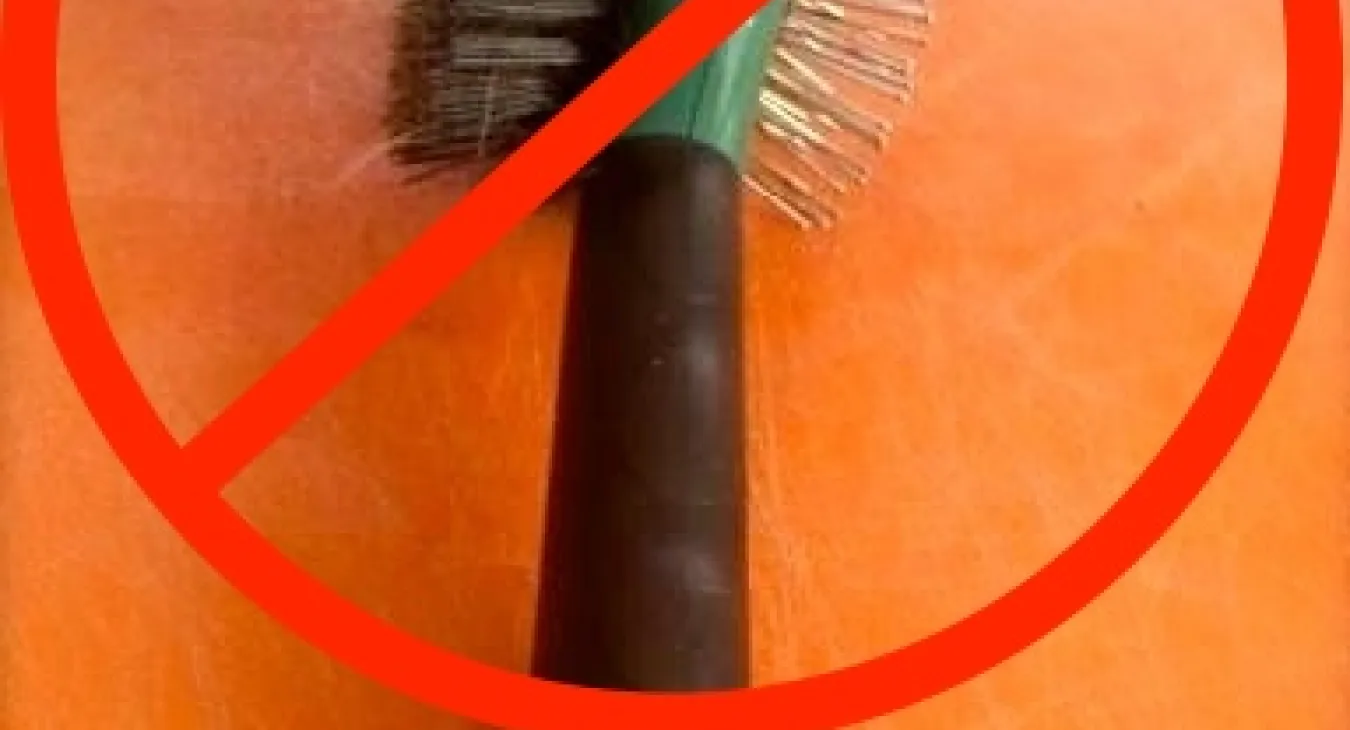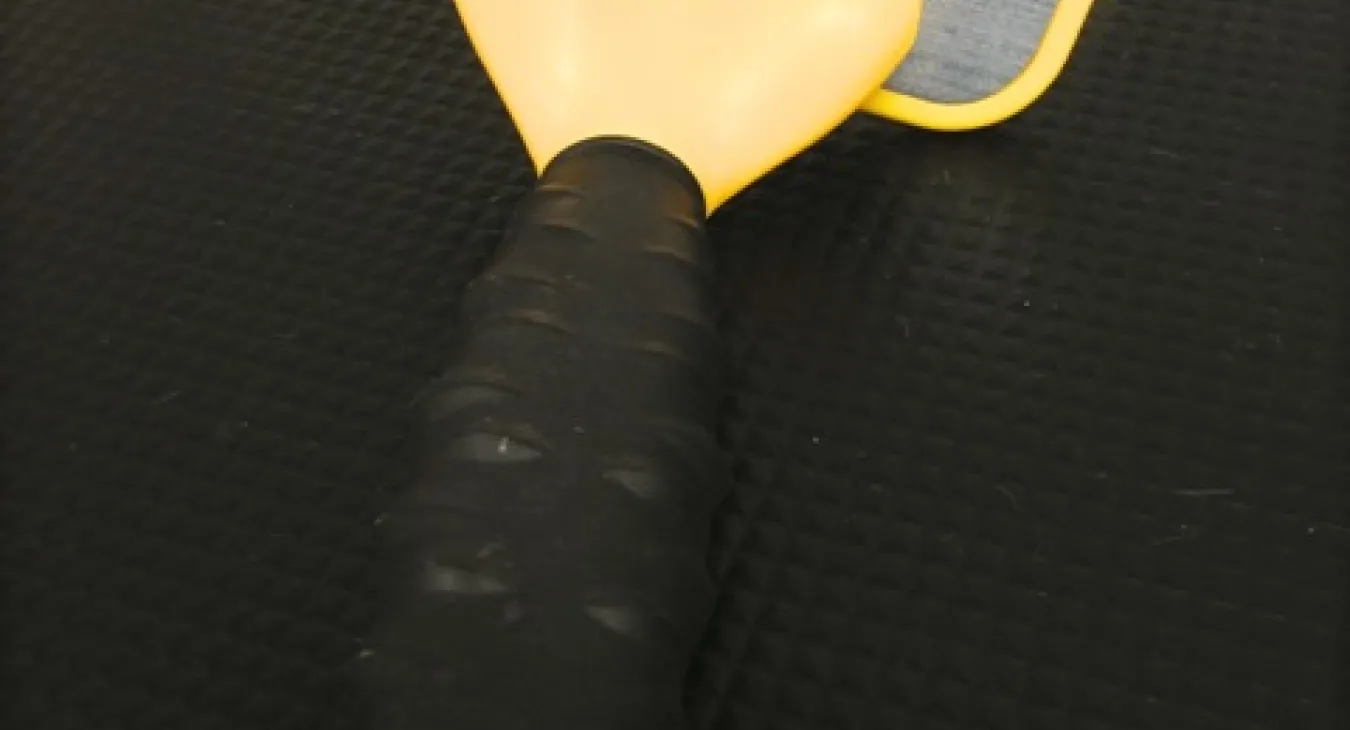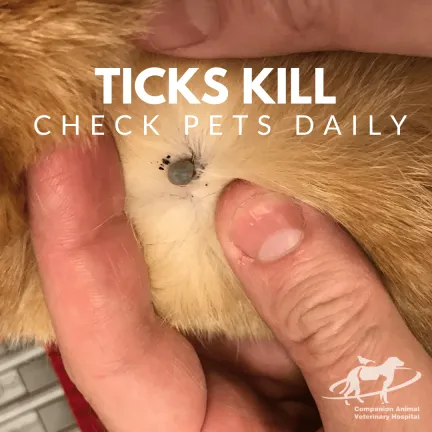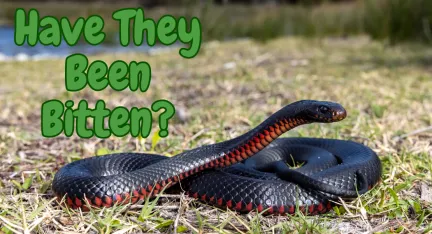Regular brushing is a great thing to do for your dog:
- It keeps your dogs coat healthy and knot free
- It’s a fantastic way to feel all around to check for ticks and to see fleas
- It encourages healthy skin.
Choosing the right brush though can be very difficult and confusing. There are a large range of brushes and combs available in all sorts of styles. Dog's coats also come in a large range of thicknesses, lengths and hair types.
Once you are familiar with the broad types of brush working out the type of coat they have is the best place to start.
Slicker brushes
These brushes are made with a series of soft spiky metal bristles. This type of brush will do most, if not all types of coat. They are the first brush in every groomers toolkit.
They come in a variety of shapes, sizes and thicknesses which varies according to the size of your dog and the type of coat they have.
Don’t be scared by the bristles. They are not harsh on the dogs skin and most dogs
love being brushed with a slicker brush.
How to pick your slicker brush
Some brands let you feel the brush to test the softness. Feel how stiff they are and compare them.
If you have a curly coat you want something a bit firmer. It will fluff the curls out so that you can comb afterwards. A thinner coat like a maltese needs something softer because you don’t want to damage their skin.
If they’re a firm one make sure they are not too as thin bristles because they tend to stab the skin.
Combs
Combing is essential no matter what brush you use. Combs can help to grab the knots and get them out.
Brushes rarely get through the coat. Any brush will just skim over the top and not get the knots underneath. You need a comb for this.
A fine metal comb with strong bristles is best.
Brushes with soft bristles
In general these are not a good choice.
Don’t bother with brush that looks like a human brush on 1 side and has bristles on the other side- they just skim over the very top of the coat and don’t get down where you need them. They are only useful for really short coated breeds.
Furminators and other similar brands
These brushes have a metal comb on them that catches the hairs and then cuts them out and lifts the hair away. They can significantly reduce shedding in breeds with a soft undercoat (double coated breeds). Furminators are not suitable for short to medium coated breeds as they tend to pull out extra hair rather than just removing that dead stuff that is going to drop out anyway.
So they are the main brushes to consider now what type of coat does your dog have?
Short to medium coated breeds
e.g. dachshunds, pointers, dalmatians and Jack Russell Terriers
These coats while short do tend to shed constantly. The main aim of brushing is to remove the dead unattached hairs that drop out all over the place.
The best sort of brushes for these breeds are rubber brushes. The bristles are made from rubber and grab and remove that dead hair before it drops on your carpet!
If the coat is very fine a cheap brush that looks like a human brush can suffice.
Double coated breeds
e.g. Golden retrievers and malamutes
Furminators can work well for these coats as it removes the finer undercoat.
Slicker brushes are also good for because it grabs onto the dead hair which means you can use it to keep their coat much thinner. This will lessen the clumps of hair that tend to come off.
Pugs (especially the faun ones)
Pugs warrant special mention. Although they are short coated they do shed very heavily for some reason. You will need to use a slicker brush on them.
Curly continually growing coats
eg. poodles, labradoodles
If you have a curly coat you want something a bit firmer. It will fluff the curls out so you can comb after.
Long thin coats
eg maltese, shihtzu
use a soft slicker brush to get rid of the tufts of hair and then use a comb after this to get deeper into the coat.
Read more articles
- Log in to post comments

